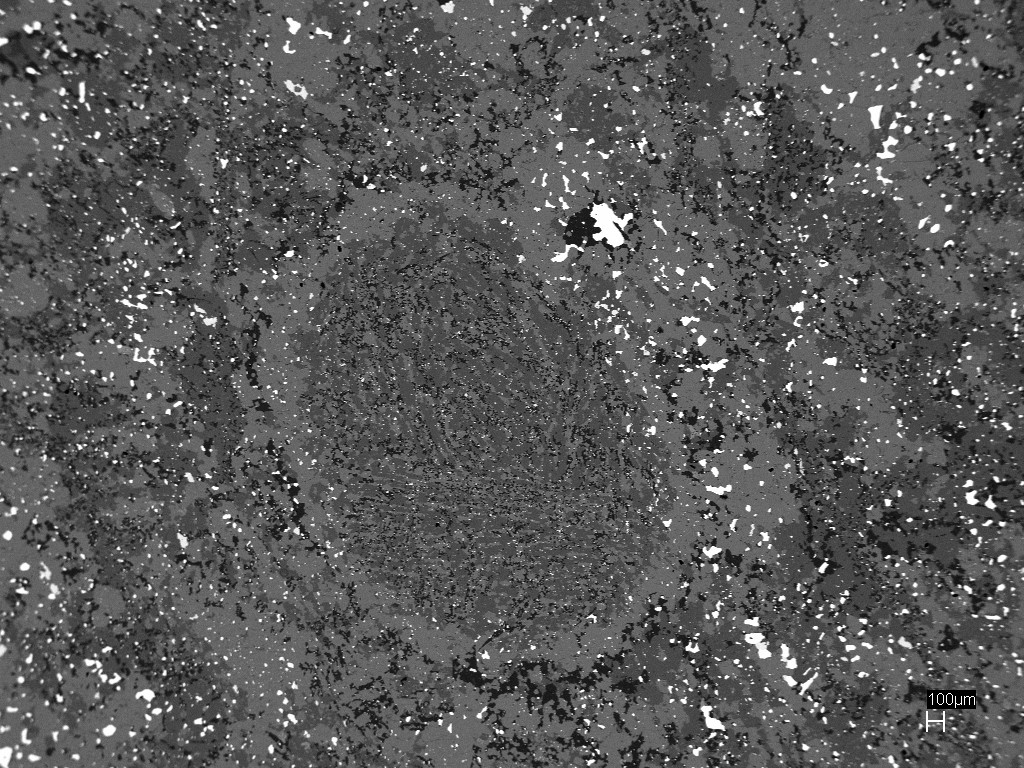Morokweng meteorite, South Africa
Meteorites
provide a sample of Solar System bodies and so constrain the types of
objects that have collided with Earth over time.
Meteorites analysed to date, however, are unlikely to be representative
of the entire population and it is also possible that changes in
their nature have occurred with time. Large objects are widely believed
to be completely melted or vaporized during high-angle impact with
the Earth. Consequently, identification of large impactors relies on
indirect chemical tracers, notably the platinum-group elements.
Here we report the discovery of a large (25-cm), unaltered,
fossilmeteorite, and several smaller fragmentswithin the impact melt
of the giant (>70 kmdiameter), 145-Myr-old Morokweng crater, South
Africa. The large fragment (clast) resembles an LL6 chondrite
breccia, but contains anomalously iron-rich silicates, Fe-Ni sulphides,
and no troilite or metal. It has chondritic chromium isotope ratios and
identical platinum-group element ratios to the bulk impact melt. These
features allow the unambiguous characterization
of an impactor at a large crater. Furthermore, the unusual composition
of themeteorite suggests that theMorokweng asteroid incorporated part
of the LL chondrite parent body not represented by objects at present
reaching the Earth.
Maier W.D, Andreoli M.A.G., McDonald I. Higgins M.D., Boyce A.J.,
Shukolyukov A., Lugmair G.W., Ashwal L.D., Graser P., Ripley E.M., Hart R.J.,
2006, Discovery of a 25-cm asteroid clast in the giant Morokweng impact
crater, South Africa. Nature 441 (7090): 203-206. doi:10.1038/nature04751

